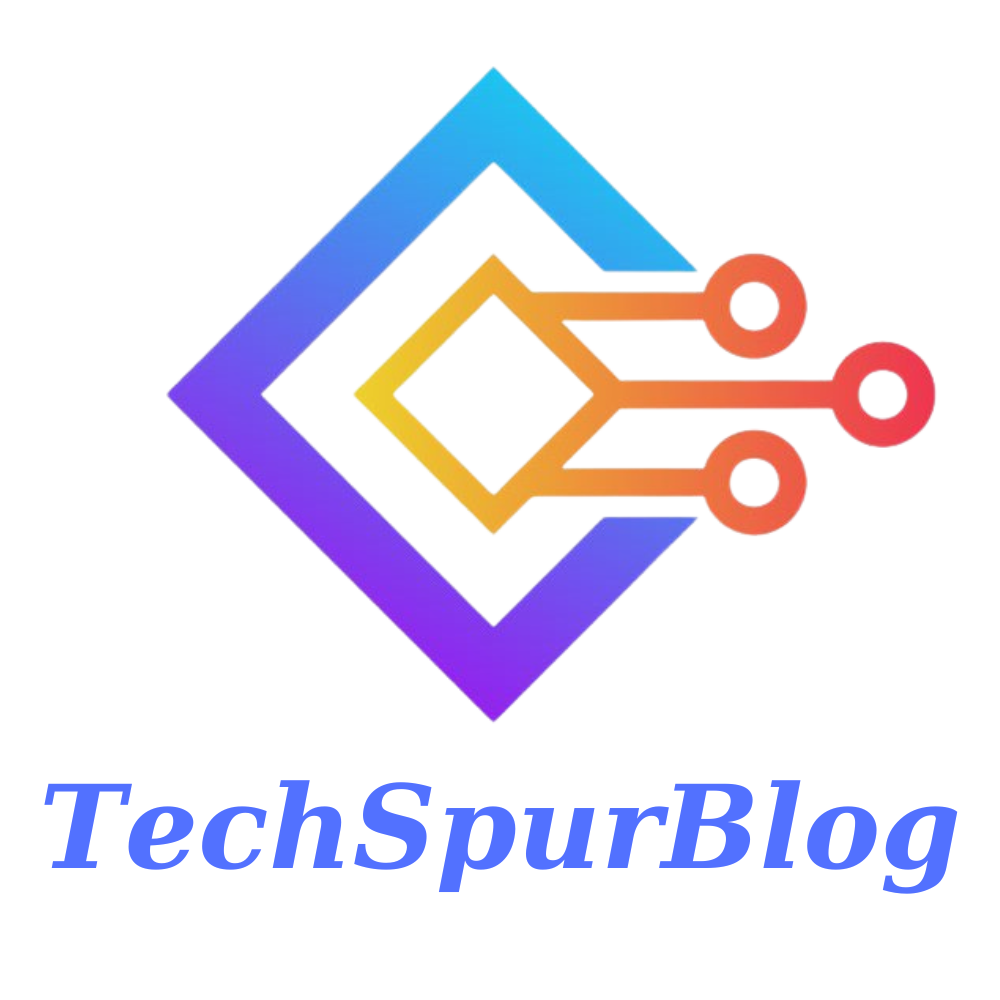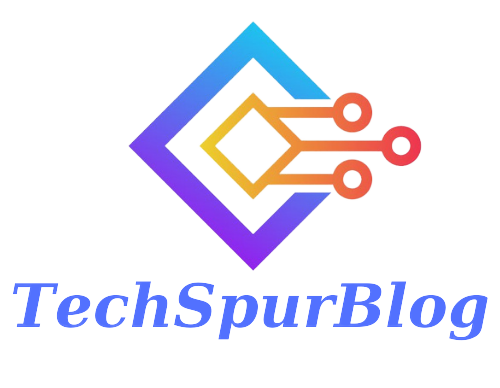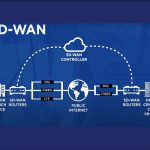Technology is always evolving and new Trending technologies are constantly being introduced with new innovative features. The latest technological trends are predicted to bring about significant changes in the future. With these changes, we may see AI taking over many jobs previously done by humans, such as driving cars and working as receptionists, among others.
What will be the impact in the next few years? I think that the impact of technology in the next few years will be that more people will start to use them and the ways they are used will evolve.
In recent years, there has been a significant rise in the use of Artificial Intelligence (AI) and Machine Learning (ML) in various industries. AI has been used to automate tasks that were previously done by humans. This has led to the creation of many new fields such as AI-powered marketing, AI-powered finance, and AI-powered healthcare.
Below Are some Technologies will rule the future
Artificial Intelligence
Artificial intelligence (AI) is a branch of computer science that enables machines to act in intelligent and autonomous ways. It has been applied in many areas, including research, manufacturing, medicine, military defense, and digital service delivery.
AI is an emerging technology that can be used for many purposes. The introduction of AI has had a massive impact on the world today. In this article, we will explore what AI is and how it affects our lives today.
Machine Learning
Machine learning is a branch of artificial intelligence that uses statistical techniques to enable computers to learn from data without being explicitly programmed. It can be used for the purposes of prediction and forecasting in order to make better decisions.
It can also be used for security purposes by detecting patterns that could indicate that something malicious is happening or about to happen. Machine Learning is an umbrella term that refers to the use of algorithms, statistical techniques, and computational methods to learn from data and improve performance.
Machine Learning can help with a number of amazing use cases. Some of them are:
Predictive Maintenance:
Machine learning is used in predictive maintenance to predict when a machine will fail and then identify the cause.
Recommendation Engine:
This is another use case where machine learning algorithms are used to recommend products or services based on the customer’s preferences.
Smart Home Security:
This is one of the most popular uses for machine learning tools because it helps people create customized security systems for their homes that will be more efficient than traditional security systems.
Customer Experience Optimization:
With machine learning, companies can optimize customer experience by understanding customer behavior and providing personalized experiences based on their preferences.
Connectivity Services:
With machine learning, companies can use machine learning to automate their connectivity services and provide faster, more reliable connections to the Internet.
Cybersecurity
Cybersecurity, a term that became widely known in the past few years, is the process of protecting computer networks and data from malicious attacks. Cyberattacks have been around for quite some time but they have increased significantly over the past few years because of the increasing reliance on technology. Cybersecurity risks can be minimized by using a security tool like Virtual Private Network (VPN). Any of these top VPN providers will attest further their benefits and why many online users keep using it even up to this day.
Also Read: Top 10 Popular Ethical Hacking Tools in 2023
What are the Different Types of Cybersecurity?
Cybersecurity is a complex field that covers a wide range of topics, including information security, IT security, and network security.
There are different types of cybersecurity. The most common types are:
- Physical Security (also known as physical access control)
- Technical Security (also known as technical access control)
- Administrative Security (also known as administrative access control)
- People Security (also known as human asset protection)
Internet of Things
This is a technology that allows devices to wirelessly connect to larger network to share data. The Internet of Things is a network of physical objects that are embedded with electronics, software, sensors, actuators, and network connectivity that enable them to collect and exchange data.
The Internet of Things has the potential to be a disruptive technology in many different industries. It can be used for retail and manufacturing to improve efficiency and reduce costs. These devices can range from anything from a refrigerator to an automobile engine or even your toothbrush.
The main purpose behind the Internet of Things is to increase efficiency by connecting these devices together so they can communicate with one another more easily and effectively.
Robotics
Robotics is the science and engineering of making mechanical devices that move autonomously. It has been used in many different fields such as manufacturing and aeronautics.
The future of robotics is full of exciting possibilities. In this article, we will explore some of the most popular trends in robotics and their impact on society.
Robotic process automation:
It is a technology that allows robots to execute tasks more effectively and autonomously than humans. It eliminates the need for human intervention and reduces labor costs.
Robotic Process Automation is one of the most popular tools today that businesses use to automate repetitive tasks in order to free up human time and resources for more strategic tasks. In this article, we will explore how robotic process automation can be used by various industries such as retail, healthcare, finance and education.
Robotic companions:
These are robots that can be used as assistants for elderly people or children with disabilities, such as those with autism. These robots are capable of recognizing and responding to human voice commands.
Augmented reality:
This is a technology that enables users to interact with digital objects in real time without having to wear any special device or equipment.
Self-driving vehicles:
This is a technology that allows vehicles to drive themselves without human intervention. Self-driving technology is the future of transportation. In recent years, it has been successfully implemented in many industries, including automotive, aerospace, and marine. With self-driving technology, people can enjoy the relaxing ride of a car without having to worry about finding parking or driving on bad weather days.
Computing
The future of computing is not just about the computer. It is about how we interact with computers, what we expect from them and how we design them to fit our needs. As a result, the future of computing will see a shift from industrial to personal computing.
The rise of digital assistants such as Amazon Alexa and Google Home will be one of the main drivers behind this change. as people trade in their industrial computing for personal computing. The future of computing will also see the growth of VR and AR. The real world is becoming too hard to make sense of, so we will be able to use virtual reality technologies to create a new sense of connection with the world around us.
Cloud Computing
In the simplest terms, cloud computing is a model that allows users to access applications and services remotely. The term “cloud” refers to the network of remote servers that provide the services. The cloud model has allowed for a plethora of new technologies and services to be developed, such as online file storage, online backup, online photo sharing, and online video streaming.
It has been around for quite some time but it was not until recently that it became popular.
Cloud computing services are becoming more and more popular because they offer a lot of benefits to businesses, especially when they are time-sensitive. This services allow companies to have access to their data from anywhere, which is helpful for companies that need quick access and don’t have time to wait for IT staff or backup systems.
Cloud computing has grown in popularity among businesses due to its benefits such as cost savings, scalability, and speed. . This has been especially beneficial for smaller businesses, as it allows them to establish a cloud infrastructure with little upfront cost and significant scalability.
Quantum Computing
Quantum computing is a field of computer science that studies the theoretical principles of quantum mechanics and quantum algorithms. These are expected to have enormous potential, with the ability to solve problems that would otherwise be impossible.
Quantum computers have the potential to solve certain problems much faster than traditional computers and they are significantly stronger at cracking encryption algorithms. In fact, they can break many encryption algorithms in minutes or even seconds.
Quantum computers can also be used for other purposes like simulating molecules and proteins, modeling complex chemical reactions, modeling complex biological systems such as the human brain, and designing new materials.
DevOps
DevOps is a software development process that aims to automate and speed up the software development cycle. It is also a culture of collaboration between developers and operations engineers.
DevOps has been around for a while but it has become more popular in recent years as more companies are recognizing the benefits of automation and collaboration.
The DevOps culture can be applied to many different industries, including marketing, finance, and healthcare.
Read Also : Everything You Need to Know about DevOps Automation
How DevOps Tools can Help with 5 Amazing Use Cases
DevOps is a software development methodology that aims to automate the software delivery process, making it easier for developers to work on multiple projects at the same time.
DevOps tools are tools that help in automating the software delivery process by creating a pipeline for developers. Some of these tools are:
- CI/CD tool – automated testing and continuous integration tool.
- Container management tool – automates deployment and scaling of containers.
- Monitoring tool – helps visualize and manage performance of applications.
- Logging tool – helps with troubleshooting by providing real time insights into applications.
- Service discovery tool – helps locate and connect to services.
Virtual Reality
Virtual Reality is the creation of a computer-generated environment that can be interacted with using special software. It is a three-dimensional, interactive, computer-generated world that can be explored and interacted with by users.
Virtual Reality has many uses and benefits for the consumer market. From gaming to education, Virtual Reality has limitless opportunities for the consumer market. Some of the most popular uses of Virtual Reality are in gaming and entertainment.
Virtual reality is growing at an exponential rate as technology advances and more people are adopting it into their daily lives. The technology has been used in various applications such as education, training, therapy, journalism, military training and video games.
Virtual reality will continue to grow in popularity as it provides a unique experience to consumers while still being accessible at an affordable price point. VR is an affordable technology, which provides a range of possibilities for the consumer. Virtual reality is increasing its market share each year and has yet to be fully explored by consumers.
See also : Role of AR/VR in the Development of the Metaverse
Extended Reality
Extended reality is a term that refers to a combination of real-life and digital worlds. This concept is being used in the entertainment industry to create immersive experiences for audiences. The entertainment industry has been disrupted by the rise of extended reality. This has led to the development of new forms of content and immersive experiences. There are also opportunities for new business models, revenue streams, and technological innovations that can be brought about by this technology.
It can be used as a marketing tool to engage with customers and increase sales or it can also be used for training purposes.
It is important to note that extended reality does not refer to virtual reality. Which is a technology that creates an immersive experience through headsets and computers
Datafication
Datafication is the process of transforming information into data. This process takes place in all areas of human endeavors, from business to education and beyond.
Data is changing the world in a big way. It’s changing the way businesses operate, how consumers shop and how people communicate.
Data has become a valuable asset for businesses and it can be used in many ways. It can be used to improve customer experience, increase revenue or reduce cost.
The first use case of data is the ability of AI to identify patterns and trends in the data which helps us understand what’s happening with our business or market. This helps us develop strategies and make decisions with confidence.
Read Also : What is Metaverse and what will be its impact on the future?
Blockchain Technology
Blockchain is a digitized, distributed, and decentralized ledger that can record transactions between two parties efficiently and in a verifiable and permanent way. The technology allows for the creation of an online database that is not controlled by any central authority. It uses cryptography to regulate digital interactions, and it has the potential to change how we do business. Blockchain technology is still in its early stages but has potential to transform the way we think about transactions, governance, banking systems, etc.
The primary function of blockchain is the use of cryptography to regulate digital interactions in a public database. The technology allows for the creation of an online database that is not controlled by any central authority. And can be used for a wide range of purposes, including but not limited to: tracking ownership and authenticity, verifying transactions, providing legal status in contract law and business management.
The 5 Most Disruptive Ways Blockchain Technology Will Change the World
Blockchain technology is revolutionizing the way we do business. The application of blockchain technology has been seen in industries like banking, healthcare, and manufacturing.
It is expected that blockchain technology will change the world in a number of ways. Some of these changes include:
- Blockchain will allow for decentralized peer-to-peer transactions that can be made without the need for third-party intermediaries;
- Blockchain will increase transparency in terms of data and information sharing;
- Blockchain will eliminate intermediaries and reduce costs associated with transactions;
- Blockchain will make it easy to verify identity and access digital assets;
- Blockchain will help establish trust between individuals and organizations.

We are the founders of Techspurblog and we have been in this industry for over Four years. We pride ourselves on being the global leader in developing Technology Blog, which can create original content.
We are a team of enthusiastic people who want to share our experience, knowledge and enterprise with the world. We love what we do and we hope you will too!





